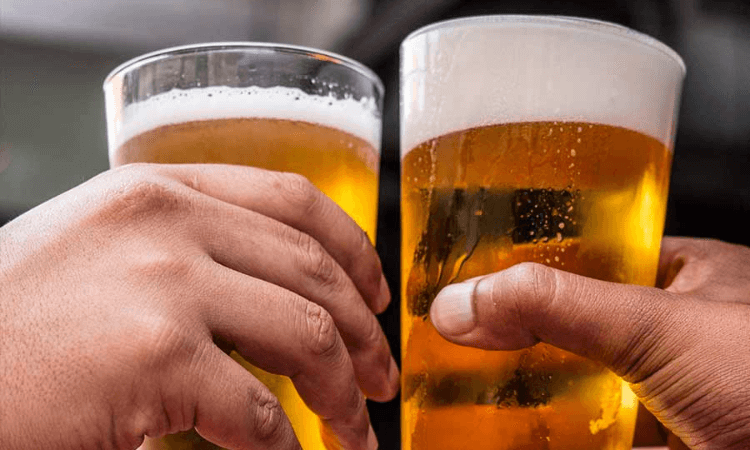
Social norms with regard to alcohol have evolved over the last 30 years. Drinking to excess has always had consequences, but it was considered more socially acceptable in the past. As we’ve become more health-conscious the expectations for accountability are higher when it comes to alcohol abuse. How do we know when drinking crossed the line into alcohol abuse? There may or may not be consequences to drinking to excess early on. A person caught in a pattern of problem drinking is often unaware of the damage being done or may live in denial. The National Institute on Alcohol Abuse and Alcoholism (NIAAA) defines heavy drinking as 4 drinks on any day for men or 3 drinks for women. Binge drinking is defined as 4 or more drinks within 2 hours. (1) This is a helpful baseline to evaluate someone’s drinking to start with.
Alcohol Abuse Vs. Alcoholism
It is important to understand that there is a fine line of sorts between alcohol abuse and alcoholism. It is possible to abuse alcohol for a time without becoming physically dependent upon it, but this does not mean other consequences do not occur. Medical science is still exploring the genetic components which may make some people more prone to developing an alcohol use disorder (AUD). It’s estimated that at least 15 million Americans suffer from an AUD and the cause isn’t always clear. (2) What we do know is that any person who drinks heavily and daily or almost daily will develop a physical dependence on alcohol. That is, if they stop drinking abruptly, they will experience withdrawal symptoms ranging from anxiety and cold sweats to seizures in extreme circumstances. Physical withdrawal is a matter of biology. The threshold for dependence may vary from person to person, but no human being is immune to it.
Identifying the Consequences of Alcohol Use Disorder
Some people are not clear if an alcohol abuse disorder is present when physical dependence doesn’t appear to be. The reality is someone can drink heavily and/or binge drink only once or twice a week and have an alcohol abuse disorder. If you are trying to determine if you or someone you know may be abusing alcohol, it is a mistake to use physical dependence or withdrawal symptoms as the sole determining factor of whether or not there is a problem. A wiser approach is to first rely upon the NIAAA’s guidelines for heavy or binge drinking cited above. From there, it’s often helpful to examine consequences.
- Are relationships with others under strain as a result of drinking?
- Is the person frequently late or absent to work or school?
- Is the person behaving irresponsibly and out of character?
- Has the person had legal problems due to drinking, e.g. DUI?
An alcohol abuse disorder is progressive by nature. In nearly every case, the quantity and frequency of drinking increase over time. Without intervention or change of some sort, it gets worse before it gets better. The point is that it’s never too soon to act when you suspect you or someone you care about has a problem with alcohol. The tragic situations and health consequences associated with problem drinking are well known. There is nothing to be gained by waiting until something awful happens before you even broach the subject. This may mean an uncomfortable conversation or a confrontation. It may mean admitting some difficult truths to yourself. You are far less likely to regret a little discomfort for doing what you know is right than allowing a potential tragedy to unfold. If you believe you or someone you know may have a problem with alcohol, give us a call at (844) 746-8836 to discuss your treatment options.
(1) https://www.niaaa.nih.gov/alcohol-health/overview-alcohol-consumption/moderate-binge-drinking
(2) https://www.niaaa.nih.gov/alcohol-health/overview-alcohol-consumption/alcohol-use-disorders